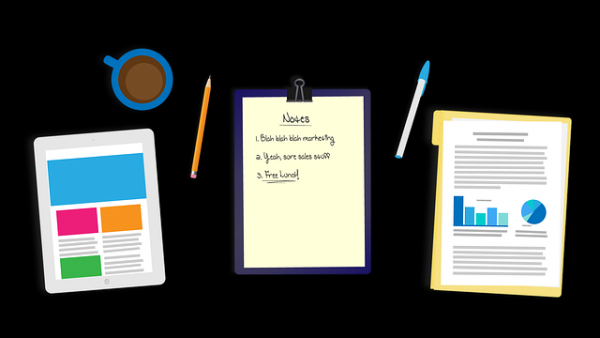
Image by Coffee Bean from Pixabay
KEY POINTS
- Small businesses are the least at risk in the District of Columbia, Massachusetts and Pennsylvania
- Financial conditions were reported the worst in New Hampshire while Alaska ranked last in business environment and workforce support conditions
- Connecticut, Missouri and Georgia ranked lowest in business vitality
Small businesses in Hawaii, Nevada and South Dakota are feeling the most pressure from the coronavirus impact, WalletHub reported in a survey released Monday. Mississippi and South Carolina round out the top five most affected states, followed by Louisiana, Arizona, Nebraska, North Carolina and North Dakota.
"Hawaii, Nevada and South Dakota all have large percentages of employees in small businesses operating in high risk industries," WalletHub analyst Jill Gonzalez said. "In Hawaii all travel and accommodation businesses are affected. Nevada has a prominent entertainment industry that is most affected, and in South Dakota the fracking and oil industry has been put on hold. As a direct consequence, these states also recorded some of the biggest increases in unemployment, due to coronavirus."
Least affected by the pandemic, which virtually has shut down the U.S. economy and thrown more than 10% of the workforce onto unemployment rolls, are the District of Columbia, Massachusetts and Pennsylvania, followed by Ohio, Wisconsin, Connecticut, Illinois, Minnesota, New Jersey and Oregon, the survey indicated.
Financial conditions were reported worst in New Hampshire while Alaska ranked last in business environment and workforce support conditions. The District of Columbia reported the least impact and access to resources.
Congress already has approved $349 billion in Small Business Administration loans that will be forgiven if the funds are used to pay employees and such other expenses as rent and utilities. Discussions are underway to add $250 billion more to the program.
"More than half of small businesses say they can operate for only three months in the current environment, so the situation is dire," said Susan Scherreik, founding director of the Center for Entrepremeurial studies at the Stillman School of Business at Seton Hall University.
Scherreik said the government loan program "will help enormously," but businesses likely still will struggle with what comes next, including the need to limit the number of customers in stores and the need to space office workers further apart.
University of Texas-Rio Grande Valley Professor Mark J. Kross said for small businesses to pull out of the current situation, they will need to retain key employees but at the same time, preserve cash by cutting not only every possible expense but staff as well.
When it comes to the government loan program, "If the COVID-19 crisis passes in a matter of weeks, then the SBA loan program may well be enough to get small businesses over the hump. On the other hand, if it drags on through the summer, and people still feel reluctant to move about freely into June, July and August, small businesses will not be able to make it without another cash infusion," Kross said.
A major unknown, Cross added, is whether the current situation will change consumer spending habits, especially when it comes to retail shopping.
Michael Cluchta, associate professor and program coordinator for the master of science program in Entrepreneurship in the Department of Marketing, Entrepreneurship and Innovation at the Manning School of Business at the University of Massachusetts Lowell, said until the health crisis is over, the full impact on the economy cannot be determined.
"Sectors most impacted so far have been hospitality, retail, and services. As painful as it's been to people in those sectors, it will be a lot worse economy-wide if there are ripple effects into other sectors such as manufacturing, finance, and real estate," Clutchta said.
Among other results:
Hawaii, Montana, New Hampshire, Vermont and Maine had the largest share of small businesses in high risk industries while the District of Columbia, Missouri, Louisiana, Ohio and Oklahoma had the lowest shares.
Hawaii reported the largest share of small business employees in the most highly affected industries like travel and tourism at 57.66%, 1.5 times the total in Pennsylvania, the state with the lowest percentage at 38.59%. Other states with large percentages of employees in high risk industries were Nevada, Montana, Wyoming and Arizona.
Wyoming, Nebraska, West Virginia, Mississippi and Montana had the lowest shares of e-commerce sales activity while the District of Columbia, Vermont, New Hampshire, Delaware and Oregon had the highest shares.
When it comes to business vitality, Connecticut, Missouri, Georgia, Kansas and Hawaii had the lowest rankings while Virginia, Massachusetts, Alaska, Alabama and Iowa had the highest.
The worst small-business credit conditions were reported in Florida, Texas, New Jersey, Alabama and Louisiana while the best were reported in Minnesota, North Dakota, Wisconsin, South Dakota and Nebraska.


























